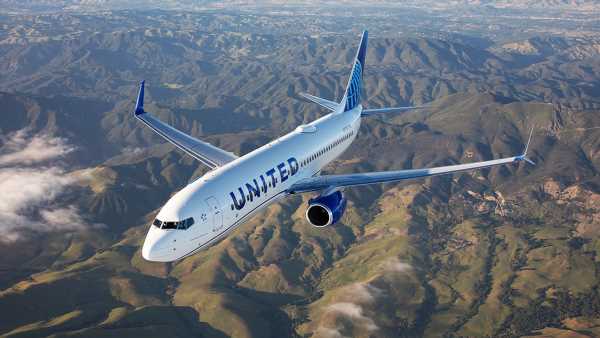
United Airlines has launched a new investment fund focused on sustainable aviation fuel (SAF) research, technology and production, the carrier announced Tuesday.
Dubbed the United Airlines Ventures Sustainable Flight Fund, it is starting with more than $100 million in investments from United, JPMorgan Chase, GE Aerospace, Honeywell and Air Canada. UAV previously has invested in SAF and related technologies, and those investments or signed purchase agreements will be moved into the new Sustainable Flight Fund portfolio, according to the carrier.
The new fund has been in the works for a while, as United CEO Scott Kirby last October hinted at it during the carrier’s EcoSkies summit in Chicago.
Corporations can contribute to the fund, and those that do will have “the potential to gain preferential access to environmental attributes associated with United’s supply of SAF,” according to the carrier.
In addition, customers can contribute to supplement United’s investment in the new fund in increments of $1, $3.50 or $7. The default option for customer contributions is $3.50.
The carrier calculated that if the 152 million people who flew United in 2022 each contributed $3.50 to the UAV Sustainable Flight Fund, that would be enough to design and build a SAF refinery capable of producing as much as 40 million gallons of alternative fuel annually.
Those figures are based on an “illustrative capital expenditure benchmark of $200,000 per barrel per day” to build a SAF production facility.
United adds footprint detail in search
United also now makes available an estimate of each flight’s carbon footprint to individuals when searching for a flight.
Green shading of a flight in the display will indicate a lower-carbon option on an economy-seat per-passenger basis in a customer’s chosen itinerary.
The footprint is measured in kilograms of carbon dioxide equivalent emitted. United noted that estimates could differ from actual emissions and are based on aircraft type, flying time, seat capacity, and the number of people and cargo on a given flight.
Source: Business Travel News
Source: Read Full Article









